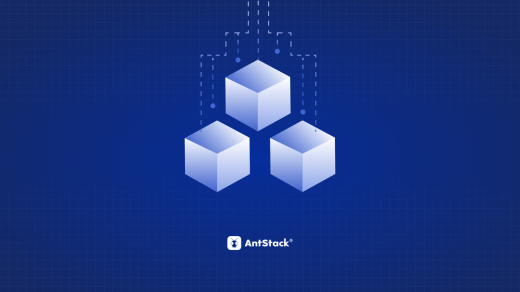
Serverless AI Engineering
In the digital age, the frequent use of mobile computing led developers to deploy actions faster, thereby introducing certain changes to the apps without completing the deployment. This led to the latest development paradigm, micro services.
What are micro services?
Micro services are regarded as self-contained and lightweight components that run respective functions in the app and communicate with one another through APIs. Though they are independent of one another, they function together to seek the prerequisite results. Micro services are considered to be an integral part of the latest app architecture.
They boast a software architecture style that structures the app as a combination of different loosely coupled services meant to implement a specific business process or function. Such an approach provides a suitable option for scaling, deployment, and development of the app as a suite of independent and small services. Every micro service executes within the processes, thereby communicating with different services via well-defined APIs.
Benefits of microservices architecture
Now, we are going to talk about the benefits of the serverless microservices architecture:
Better fault isolation
The services are known to be isolated from one another within the microservices architecture. Such isolation indicates that if any of the service fails, it does not lead to the failure of the whole system. Such compartmentalization improves the overall app resilience.
Improved scalability
Scalability is another worth mentioning feature of the microservices architecture. As the apps get divided into other independent and minor deployment services, they are scaled autonomously. It indicates that as there is an increase in the demand for a specific function, the relevant services are scaled up without scaling the whole app. Thus, it is helpful in improving efficiency, thereby decreasing the costs related to the overuse and under-use of the resources.
How does Microservices Architecture Work?
Now, we are going to talk about the components of the microservices architecture:
Services
The services are recognized as the core part of the microservices architecture. Every service is meant to run a specific function and task. It operates independently of others. The services are coupled loosely, indicating that if particular changes are introduced in services, they should not affect the other service’s functionality. They are known to encapsulate specific business data and business logic. Thus, they can be deployed, developed, and scaled independently.
API Gateway
API Gateway is the entry point for clients seeking access to the app’s services. It provides the ideal option to route requests to the microservices and aggregate results, thereby returning them to the requester. Besides this, it helps handle cross-cutting concerns like SSL termination, authentication, and rate limiting. It helps simplify the client interaction with different microservices.
Databases
Every service handles the databases in the microservices architecture. This assures that the dependency on the databases does not create any obstruction in the operations. Such an approach is referred to as database per service. It is useful in isolating the services and improving fault tolerance. Moreover, it enables the use of various database technologies, catering to the service needs.
Communication protocols
Communication between different services is considered an indispensable part of the microservices architecture. Such communication is either asynchronous or synchronous. Choosing the communication protocol relies on certain app needs, like reliability, response time, and scalability.
Service discovery
It is another vital component of the microservices architecture. Thus, it provides scope for the services to communicate and discover with one another. Within the cloud environment, the services can change their IP addresses and locations frequently. The services discovery mechanism assures that such services communicate and locate with each other in a reliable manner.
Containerization
Different containerization technologies play an integral role in the microservices architecture. They offer a constant and lightweight environment to deploy and execute the services. Hence, they are beneficial in handling scale services and lifecycle problems, thereby assuring that the app executes similarly in the testing, development, and production environments.
Configuration management
Different configuration management tools are available, which are helpful in handling the configuration of different centralized services. It is essential to maintain consistency across various environments, and these tools help simplify the management of varying service configurations.
CI/CD (Continuous Integration and Continuous Deployment)
Different CI/CD practices are crucial for the microservices architecture. They allow the delivery of different service updates. Continuous integration includes automatically building and testing services based on code changes. Continuous deployment, on the other hand, automates the deployment of services to production. It leads to faster release cycles.
Logging and monitoring
Logging and monitoring are crucial for the health of different services and diagnosing problems. They are also helpful in understanding the app’s behavior. Platforms and tools provide application and logging performance monitoring, which helps to handle the tasks.
Microservice architecture provides a promising path for businesses that want to create resilient, scalable, and flexible apps. Choosing the strategic approach allows businesses to remove the complications related to microservices.






